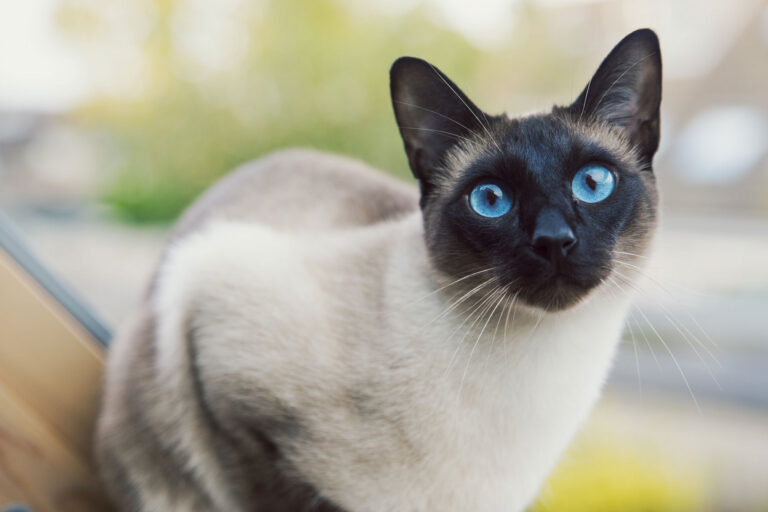Understanding your cat’s behavior is paramount for nurturing a strong bond and providing optimal care. Cats communicate predominantly through their actions, making it vital to interpret these behaviors to enhance your connection with your furry companion. In this detailed guide, we delve into the intricacies of common cat behaviors, unveiling their true significance. By deciphering your cat’s actions, you gain invaluable insights into their emotions and thoughts, enriching your relationship profoundly.
1. Tail Language:
A cat’s tail is a powerful communication tool. When your cat holds their tail upright and quivering, they are expressing confidence and happiness. Conversely, a tucked tail indicates fear or anxiety. Pay attention to the position and movement of your cat’s tail to decipher their mood and intentions.
Understanding cat actions Mean can help you respond appropriately to your cat’s needs. For example, if your cat’s tail is puffed up, they may feel threatened or agitated. Give them space and avoid approaching until they feel more relaxed.
2. Vocalizations:
Cats use a variety of vocalizations to communicate, from meows and purrs to hisses and growls. Each sound carries its own meaning and context. A soft, melodic purr often signifies contentment, while a loud, prolonged meow may indicate hunger or attention-seeking behavior.
By paying attention to your cat’s vocalizations, you can better understand their desires and emotions. When cat actions mean vocalizations, respond accordingly to meet their needs and strengthen your bond.
3. Body Language:
A cat’s body language provides valuable clues about their mood and intentions. Purring, kneading, and rubbing against you are signs of affection and comfort. On the other hand, flattened ears, dilated pupils, and a crouched posture may indicate fear or aggression.
Interpreting your cat’s body language requires attentiveness and observation. By recognizing what cat actions mean in their body language, you can respond appropriately and create a safe, supportive environment for your cat.
4. Play Behavior:
Play is an essential part of a cat’s daily routine and serves several purposes, including exercise, mental stimulation, and social interaction. Cats often engage in playful behaviors such as chasing, pouncing, and batting at toys or objects.
When cat actions mean play behavior, encourage and participate in their activities to strengthen your bond and provide enrichment. Rotate toys regularly to keep playtime exciting and engaging for your cat.
5. Grooming Habits:
Cats are meticulous groomers and spend a significant amount of time grooming themselves and their feline companions. Grooming serves not only to keep their fur clean but also to regulate body temperature and express social bonding.
Observing your cat’s grooming habits can provide insights into their emotional state and social dynamics. Excessive grooming or bald patches may indicate stress or discomfort, while mutual grooming between cats strengthens social bonds and reinforces group cohesion.
6. Sleeping Patterns:
Cats are notorious for their love of sleep, spending up to 16 hours a day snoozing. However, their sleeping patterns can vary based on age, health, and environmental factors. Kittens and elderly cats tend to sleep more, while adult cats may have shorter, more frequent naps.
Understanding cat actions Their sleeping patterns can help you gauge their overall health and well-being. Monitor any changes in their sleeping habits, such as excessive lethargy or restlessness, and consult your veterinarian if you have concerns.
Delving into your cat’s behavior is not merely a journey; it’s a profoundly enriching experience that strengthens your bond with your furry companion. By deciphering the true significance behind their actions, you unlock a deeper understanding of their needs and emotions. Observing their tail language, vocalizations, body language, play behavior, grooming habits, and sleeping patterns yields invaluable insights into their thoughts and feelings. Armed with this knowledge, you can cultivate a nurturing and supportive environment that enhances their well-being and deepens your relationship with them.

Dr. Lorie Wiltse’s path to veterinary medicine was marked by a great desire for excellence and a dedication to advance the profession of neurology.
Subscribe my Newsletter for new blog posts. Stay updated from your inbox!










